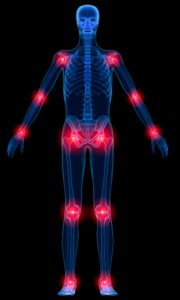The University of Colorado Denver is running some interesting research with people who suffer from various types of chronic pain including fibromyalgia. Jessica Payne-Murphy, who is running the survey, has written a short post outlining the scope of the study!
Payne-Murphy writes “You are invited to take part in a research study: Acceptance-Based Factors in Chronic Pain: A Comparison Between Fibromyalgia and Low Back Pain Patients in an Internet Support Group Sample (COMIRB No: 13-3263). This study is being led by Jessica Payne-Murphy, M.A. at the University of Colorado Denver.
The study involves answering a series of online questionnaires designed to increase understanding of chronic pain. We are inviting participants (age 18 and older) who have been and are currently managing low back pain or fibromyalgia for at least 3 months to complete an online survey. It is anticipated that this survey will take approximately 30-45 minutes of your time to complete.
If you choose to participate in the study, you will have the opportunity to enter a drawing for one of up to ten $50 Amazon.com or Amazon.eu gift cards.
In addition, we request that you forward/share the survey link to other individuals with chronic low back pain or fibromyalgia who may wish to participate in this study so that they may have the opportunity to assist us in gathering information about chronic pain and online support groups.”
Please click on the following link if you are interested in learning more about the research study:
https://redcap.ucdenver.edu/surveys/?s=GCZEdEQBgd
If you have any questions or concerns, please contact Payne-Murphy at at https://www.facebook.com/UCDChronicPainResearchStudy?ref=hl
Or use the comments boxes below to ask her any questions.




